Don't hesitate to send a message
Web Menu
Product Search
Exit Menu
Analyzing Whether the PP Picnic Mat Is Susceptible to Mold Growth or Odors
Material Properties and Moisture Resistance
The PP Picnic Mat is primarily made from polypropylene, a synthetic polymer known for its good water resistance. Unlike natural fibers such as cotton or wool, polypropylene does not absorb water. This inherent property helps it resist moisture accumulation, making it less likely to create an environment conducive to mold growth or unpleasant odors. The mat’s surface typically repels water, preventing dampness from seeping through and lingering in the material.

Factors Contributing to Mold Growth and Odor Formation
Mold and mildew develop when moisture is trapped in porous materials combined with warmth and organic matter, such as dirt or food residue. Traditional fabric mats often provide an ideal environment for mold due to their absorbent nature. In contrast, the non-porous structure of the PP Picnic Mat limits water absorption, significantly reducing the chances of mold spores taking hold. However, mold can still grow on the mat’s surface if dirt or organic debris is left on it while stored in humid conditions.
Odor issues on PP Picnic Mats generally arise from bacteria or mildew developing in areas where moisture has been trapped, often exacerbated by improper drying or storage. Since polypropylene itself is odor-resistant and non-absorbent, odors usually originate from external contaminants rather than the material itself.
Cleaning and Maintenance to Prevent Mold and Odors
Regular cleaning plays a critical role in maintaining the hygiene and longevity of a PP Picnic Mat. Washing the mat with mild soap and water after each use removes dirt, food particles, and other organic matter that could promote mold or bacterial growth. It is important to dry the mat before storage, ideally in a well-ventilated, shaded area to avoid prolonged moisture exposure.
Proper storage is equally vital. Rolling or folding the mat without ensuring it is completely dry can trap moisture inside, encouraging mildew formation. Storing the mat flat or loosely rolled in a dry environment helps maintain its freshness and prevents odor development.
Comparing PP Picnic Mat to Traditional Fabric Mats
When compared to traditional cloth picnic mats, it offers significant advantages in damp environments. Fabric mats tend to retain moisture longer and provide a hospitable environment for mold and mildew, causing unpleasant odors and potential health concerns. These mats often require more frequent washing and longer drying times to remain safe for use.
The PP Picnic Mat’s quick-drying nature and resistance to water absorption reduce these risks, making it more suitable for use on wet grass, sandy beaches, or humid climates without compromising hygiene or comfort.
Limitations and Considerations
Despite its moisture resistance, the PP Picnic Mat is not completely impervious to mold if neglected. If stored dirty or wet for extended periods, surface mold or mildew can still develop, especially in warm, humid conditions. Additionally, dirt and debris trapped on the surface provide nutrients for microbial growth, emphasizing the importance of cleaning and drying.
Conclusion: A Hygienic Choice with Proper Care for Damp Conditions
Overall, the PP Picnic Mat is a highly practical option for outdoor activities in damp or humid environments due to its good water resistance and low absorption properties. It is much less likely to develop mold or odors compared to traditional fabric mats, provided that users maintain proper cleaning and drying routines. With responsible care, the PP Picnic Mat remains fresh, hygienic, and comfortable for many outdoor adventures, even in challenging moisture conditions.
-
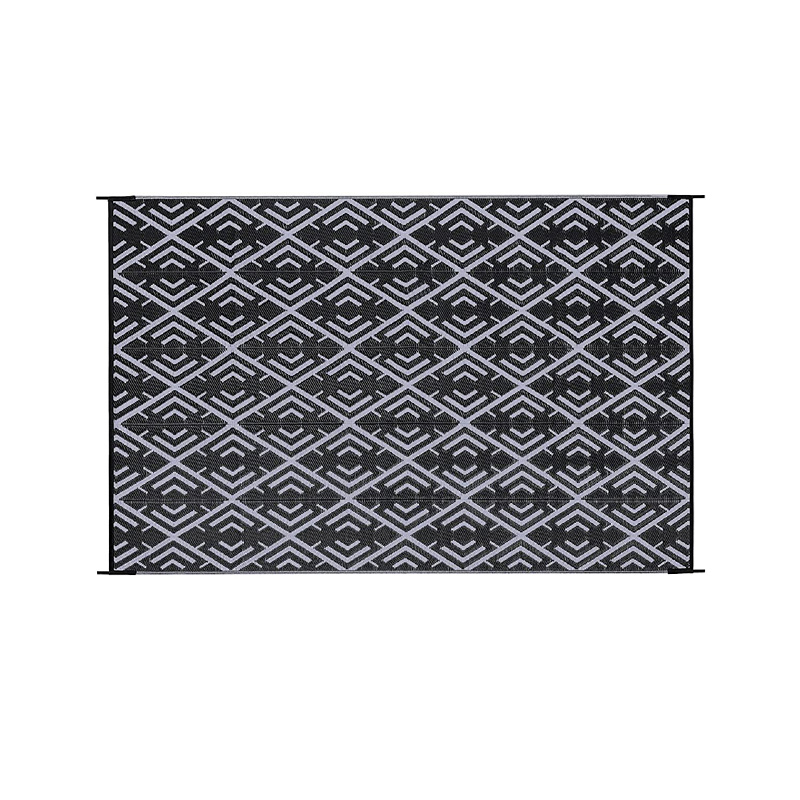
Lightweight Polypropylene Plastic Outdoor RV Mat
Features Weather-resistant polypropylene mat UV-stabilized to prevent fading Mold and mildew-resista...
-
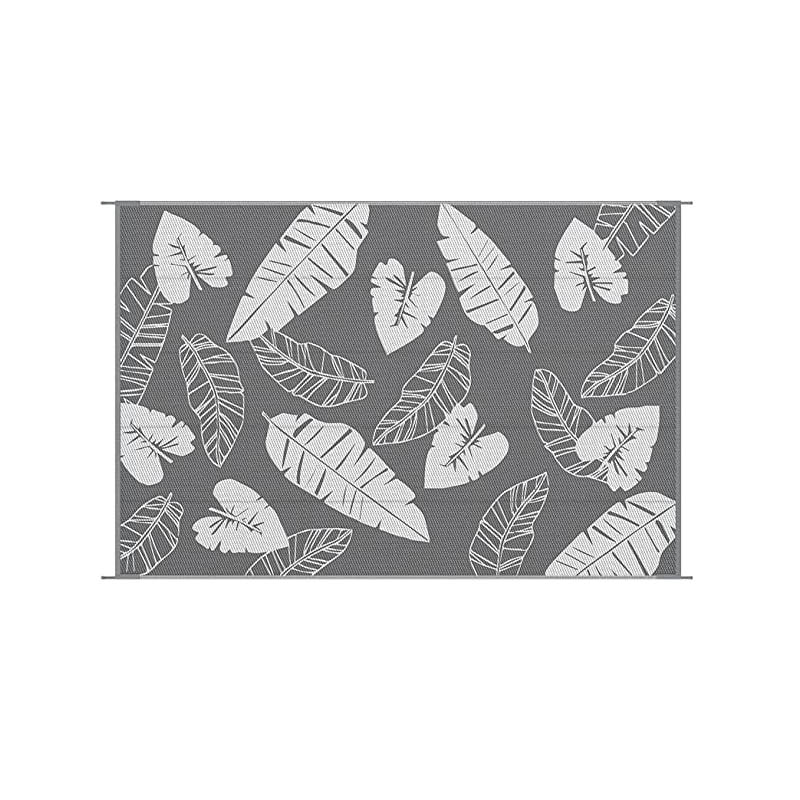
Large Foldable Anti-UV PP Weaving Straw RV Rug
Features Soft And Durable: Made with virgin polypropylene breathable material designed to be safe to...
-
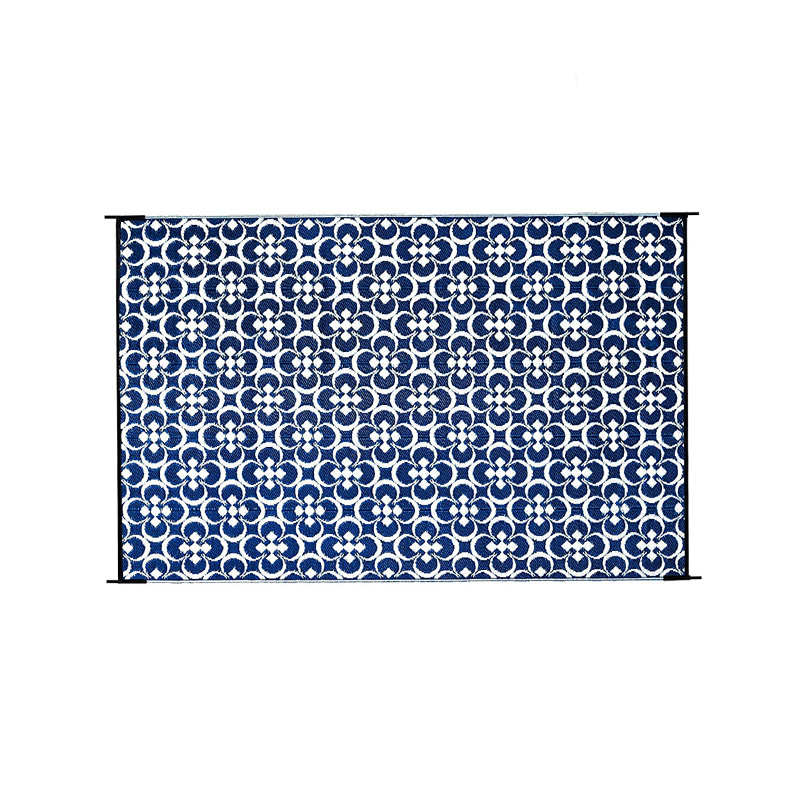
Recycled Moistureproof Plaid Outdoor Mat For RV
Features Heavy-Duty & High Quality & Durability: Our heavy-duty reversible RV mats are made ...
-
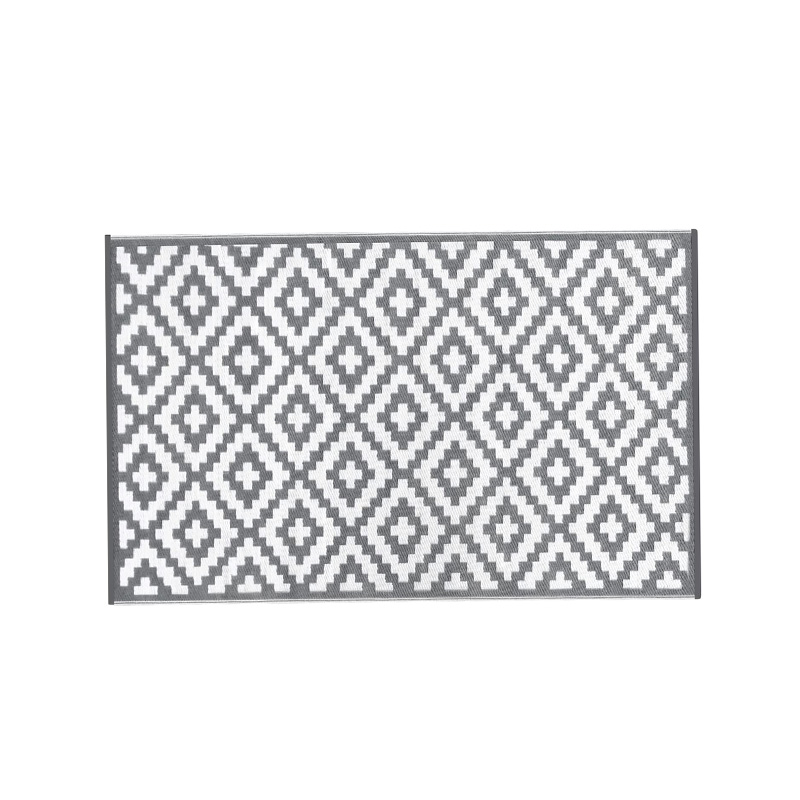
UV Resistant Patio Outdoor Rug
Features Reversible Stain-Resistant Straw Rugs: The outdoor rugs for patio clearance is a reversible...
-
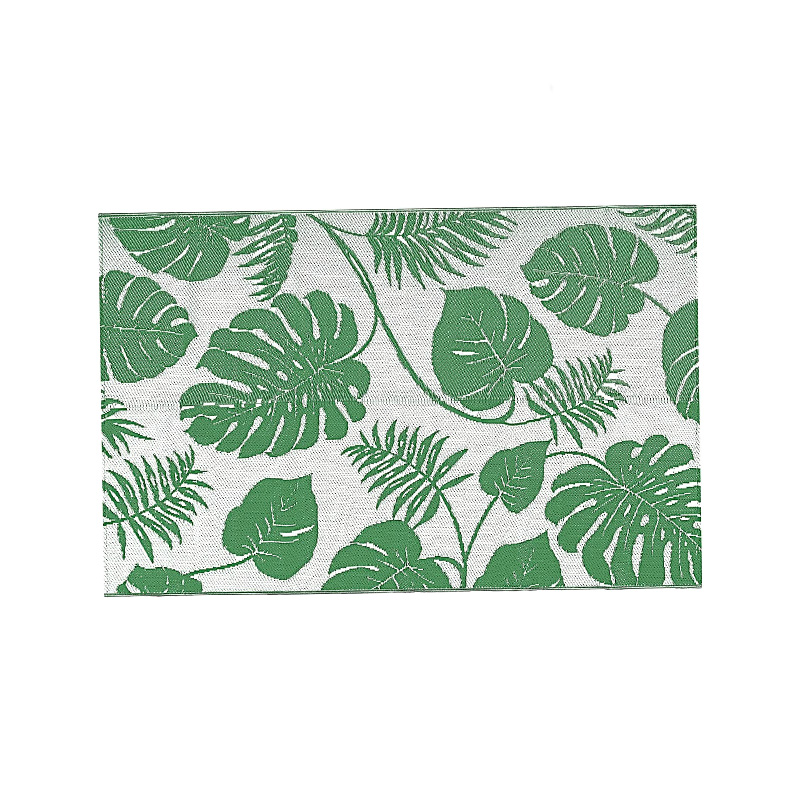
Durable Outdoor Polypropylene Mat For Patio
Features Reversible Outdoor Rug: The outdoor plastic straw rug with timeless medallion design is ele...
-
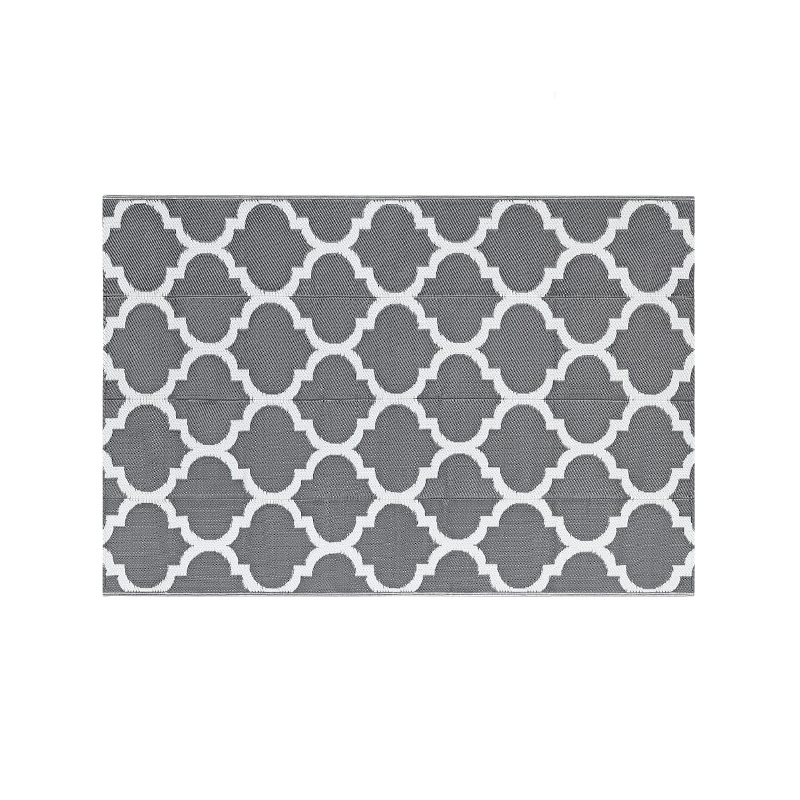
Recycled Plastic Straw Matting For Outside
Features Reversible Outdoor Rugs: It is easy to use on the patio, deck, beach, and backyard. This ou...
-
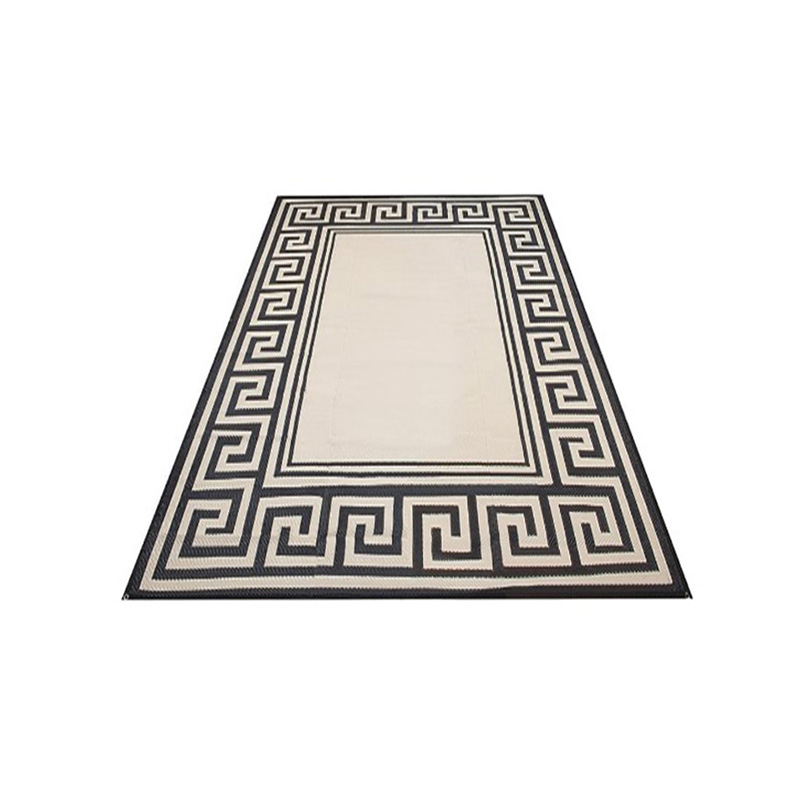
BSCI Audit PP Straw Camping Outdoor Rug
Description Introducing the BSCI Audit PP Straw Camping Outdoor Rug by AIYISI, an outdoor gear manuf...
-
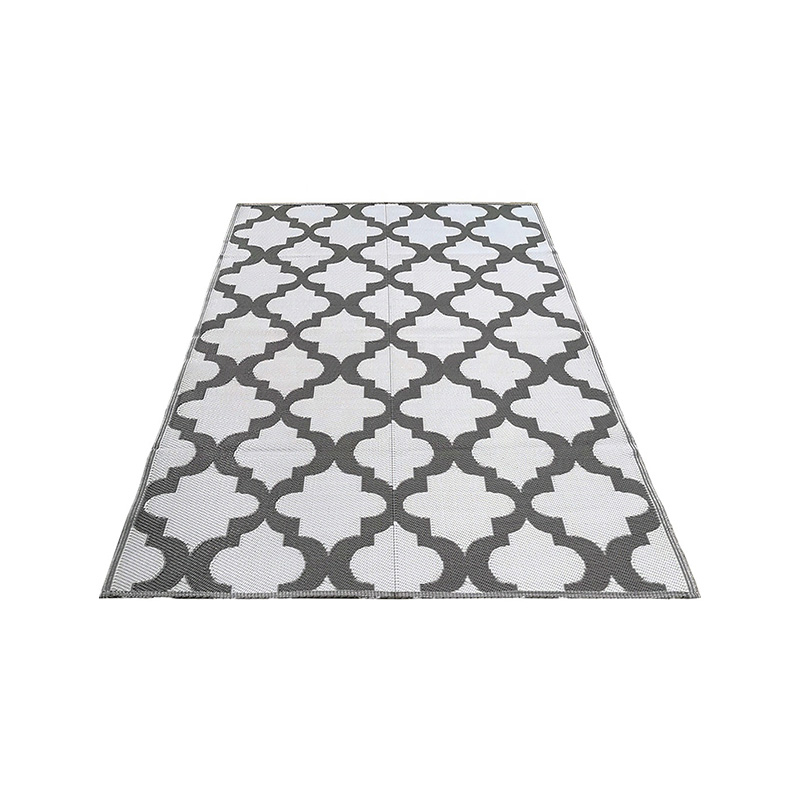
Plastic Matting Cheap PP Woven Recycled Campping Mats
Description At AIYISI, we take pride in offering high-quality outdoor products tailored to meet the ...

- FAX : 86-0576-83352177
- E-mail : [email protected]
- Phone : +86-0576-83207588
- Add: No.10 Yongan Road, Binhai industrial park, Sanmen County, Taizhou City, Zhejiang, China.


 English
English Deutsch
Deutsch


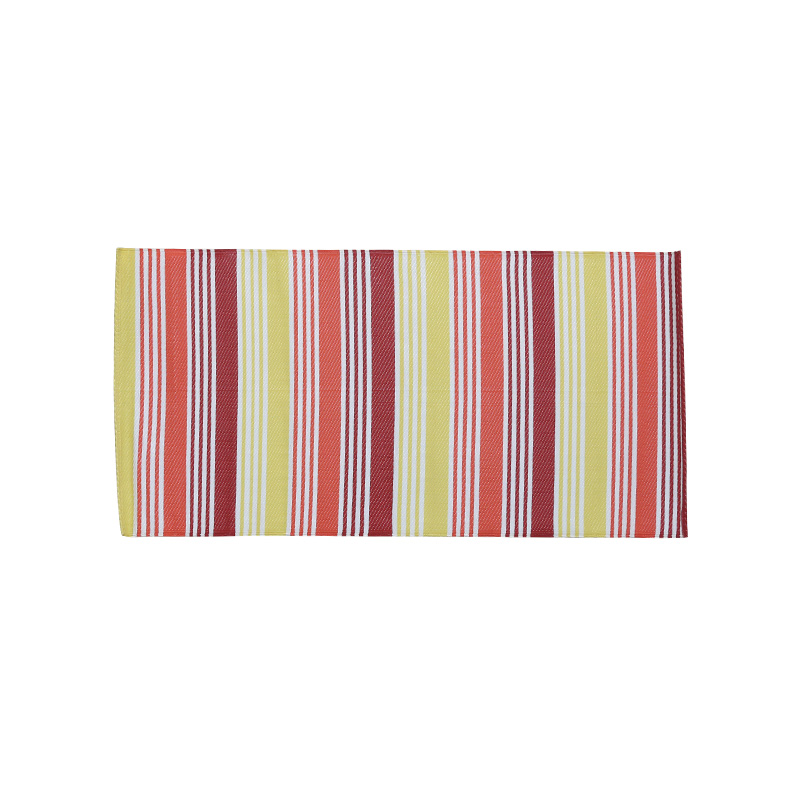

 Facebook
Facebook Youtube
Youtube Twitter
Twitter Instagram
Instagram